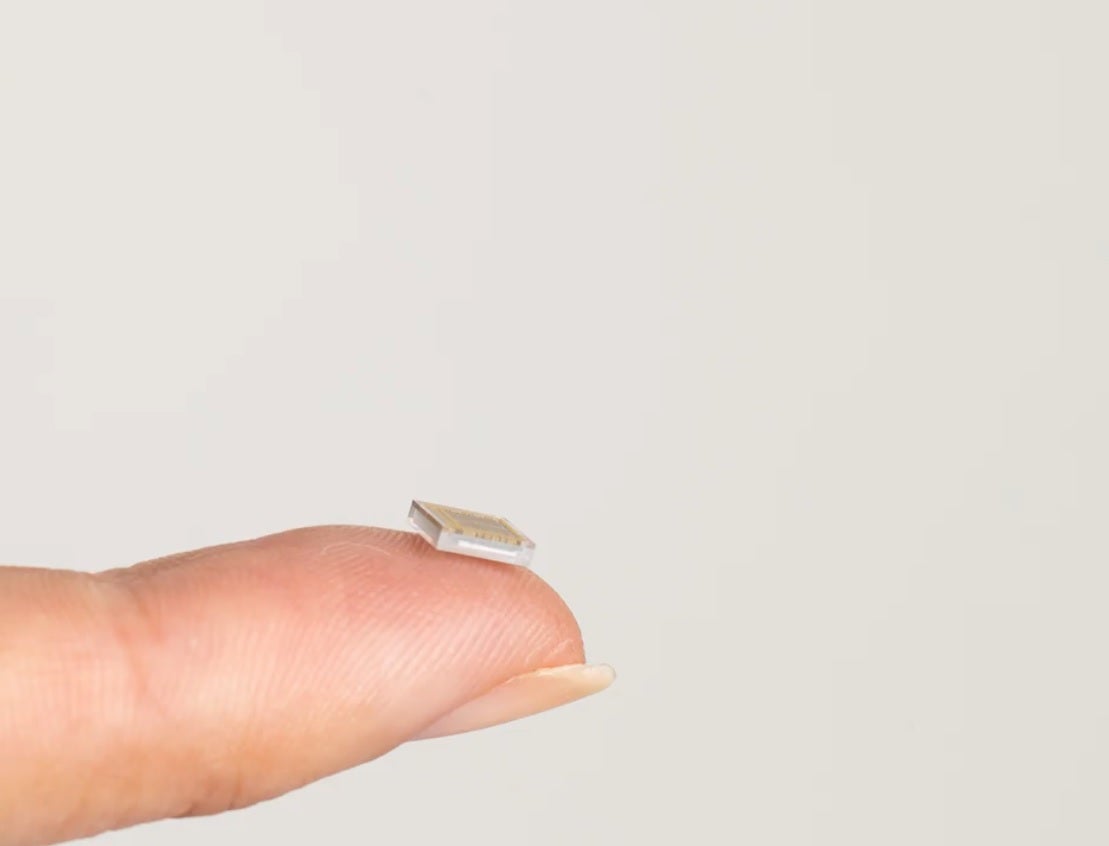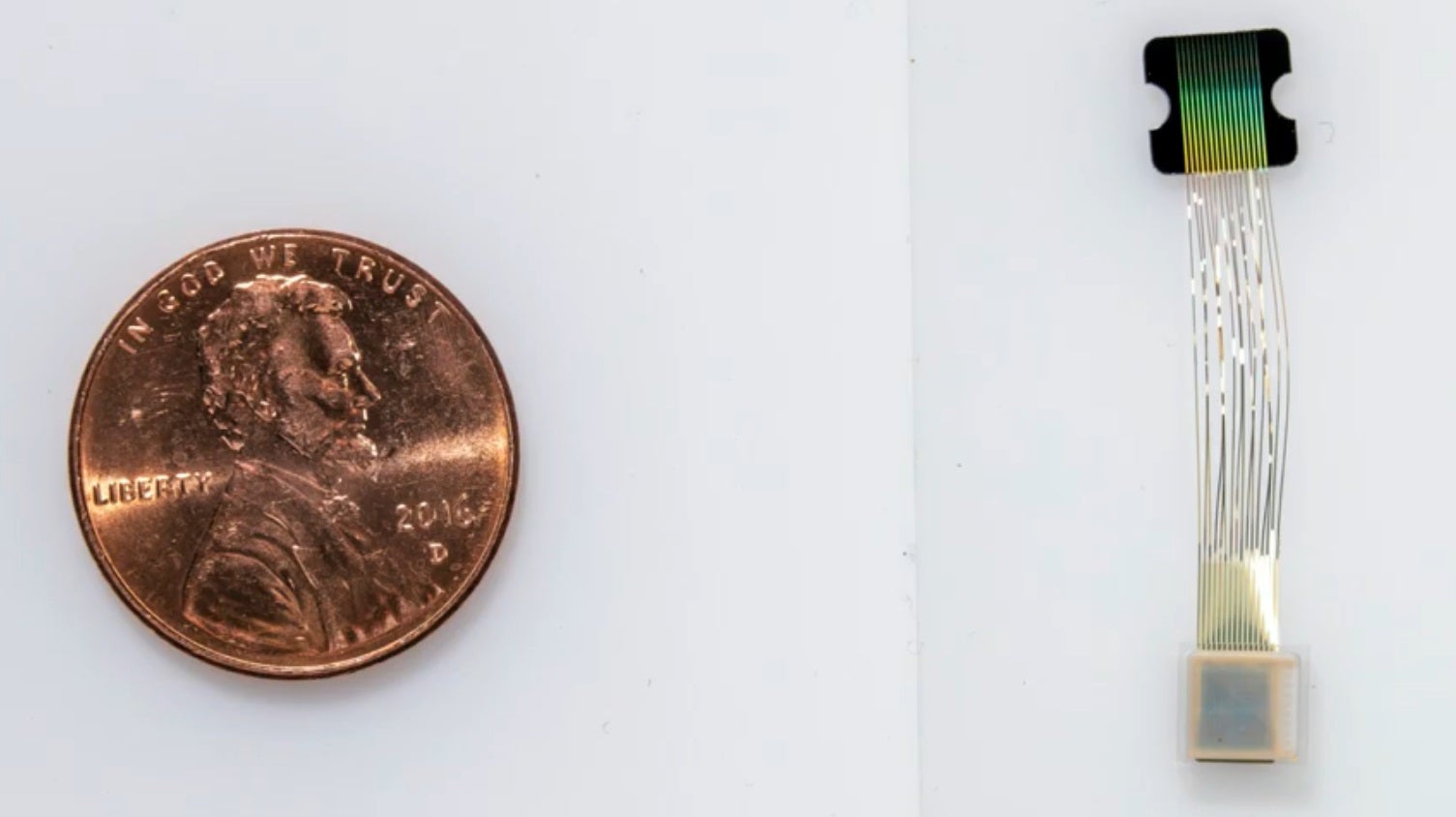Elon Musk’s secretive neurotechnology startup Neuralink has made its first major public announcement, revealing flexible “threads” designed to link a human brain directly to a computer.
The technology is aimed at helping paraplegics control computers through implantable devices in their brain, and could one day vastly improve the way humans think and communicate.
Speaking at an event in San Francisco, Mr Musk said the chip will help “preserve and enhance your own brain” and “ultimately achieve a sort of symbiosis with artificial intelligence”.
The serial entrepreneur’s previous ventures include revolutionising online payments with PayPal, transforming the electric car industry through Tesla, and pioneering private space travel through SpaceX. But it is his work with the mysterious Neuralink that is arguably the most ambitious.
The billionaire polymath founded the neurotechnology startup in order to put humans on a level with computers and ultimately counter what many perceive to be the existential risk posed by artificial intelligence.
“After solving a bunch of brain-related diseases... it will create a well-aligned future,” he said.
During the presentation, Mr Musk appeared to accidentally reveal that the system was already being tested on a monkey, which had “controlled a computer using its brain”.
Very few details have previously been given about the project, though since it was founded in 2016 by Mr Musk has frequently alluded to its goal of building an “ultra-high bandwidth” to connect a human brain to a computer.
Such technology is needed for humans to keep up with the rapid advancements of artificial intelligence, he claims. If it isn’t built, Mr Musk believes humans could fall so far behind that machines eventually view humans in the same way humans currently view house pets.
Speaking about this idea at a tech conference in 2016, he said: “I don’t love the idea of being a house cat, but what’s the solution? I think one of the solutions that seems maybe the best is to add an AI layer.”

The idea of augmenting human capabilities through technology, often referred to as transhumanism, is usually restricted to the realm of science fiction – but Neuralink says it plans to begin clinical trials of the technology next year.
Neuralink has developed a robotic system to implant the threads into the brain and hopes the procedure will one day be as efficient as laser eye surgery.
A tiny chip connects to the brain through the threads, which are thinner than a human hair and are barely perceptible with the human eye.

The size of Neuralink’s system makes it far smaller and less invasive than previous attempts at brain machine interfaces.
A white paper describing the technology states that previous interfaces that have been used in clinical trials have been limited to 256 electrodes.
“We have built arrays of small and flexible electrode ‘threads’, with as many as 3,072 electrodes per array distributed across 96 threads,” the paper states.

The first applications will be to assist paraplegic people with using their smartphone or computer, though it could also be used to treat epilepsy, Parkinson’s disease and even provide ”rich visual feedback to the blind”.
Neuralink president Max Hodak said patients will first need to learn how to use it.
“Imagine not having arms before and then suddenly having them and having to figure out how to use them,” he said. “It’s a long process, it’s like learning to touch type or play the piano.”







